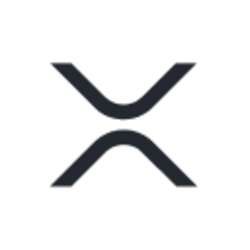Linklogis Adopts XRP Ledger Could Enhance Global Supply Chain Finance Through Tokenization and Faster Cross‑Border Payments
Loading market data...
(UTC+3: 09:47:24 PM)
6 minutes reading time
Contents
1403 views
0 commentsSheila Belson
Sheila Belson is a 20-year-old financial content editor who ventured into the realm of cryptocurrencies in 2023. Enthralled by the innovative world of non-fungible tokens (NFTs), she harbours a profound affection for Ethereum. With a sharp eye for detail, Sheila skillfully navigates the dynamic crypto landscape, continuously seeking to enrich her understanding and share her passion through engaging and insightful content.
View all postsYorumlar
Yorumlar
Other Articles
Bitcoin Realized Losses Surge to Historic Levels as Short-Term Holders Capitulate, Signaling Possible Bottom
21 Kasım 2025 17:05
Grayscale Sui Trust Qualifies for OTCQX Trading, Eyes Potential ETP Conversion
21 Kasım 2025 17:03
Vanguard Cautions on Overpriced Fed Rate Cuts Amid AI-Fueled GDP Growth
21 Kasım 2025 17:02
